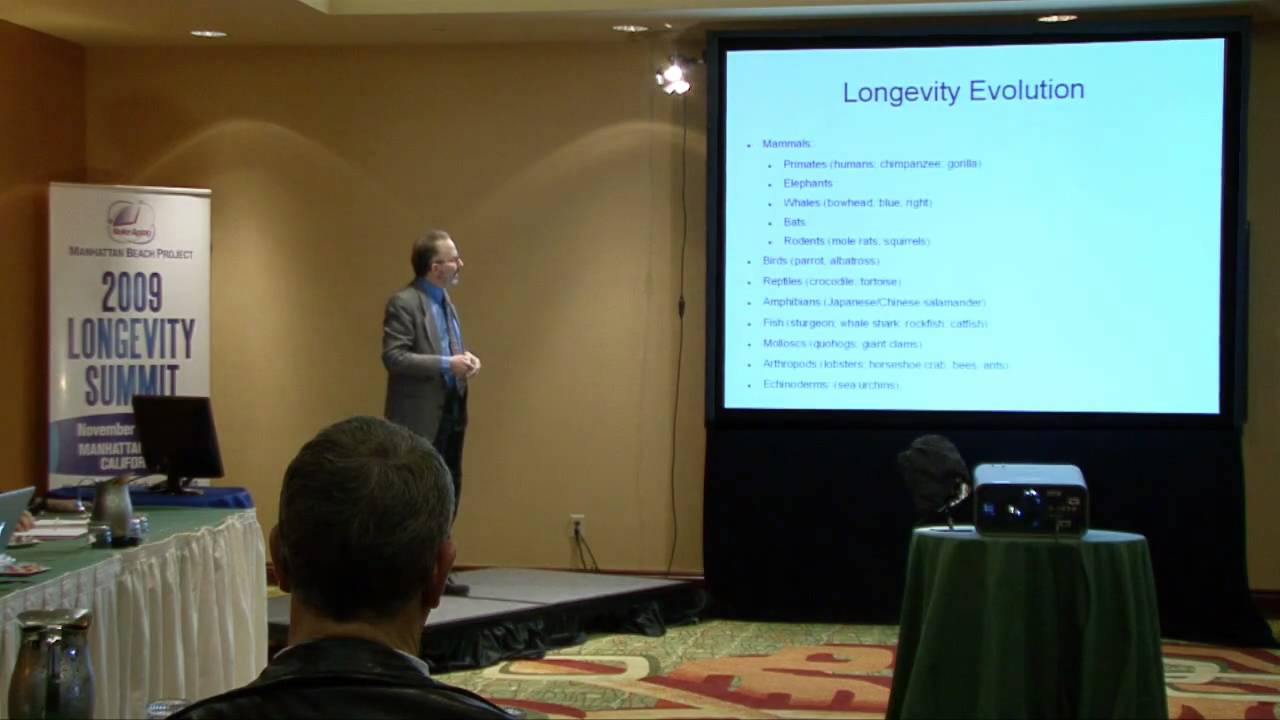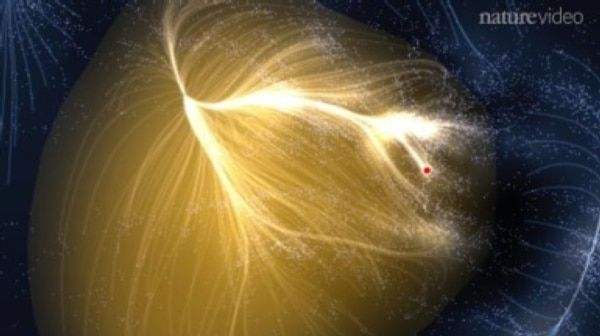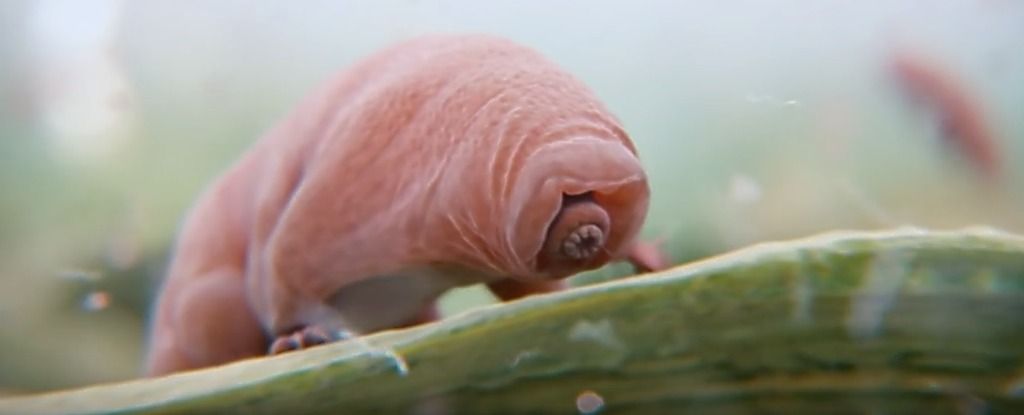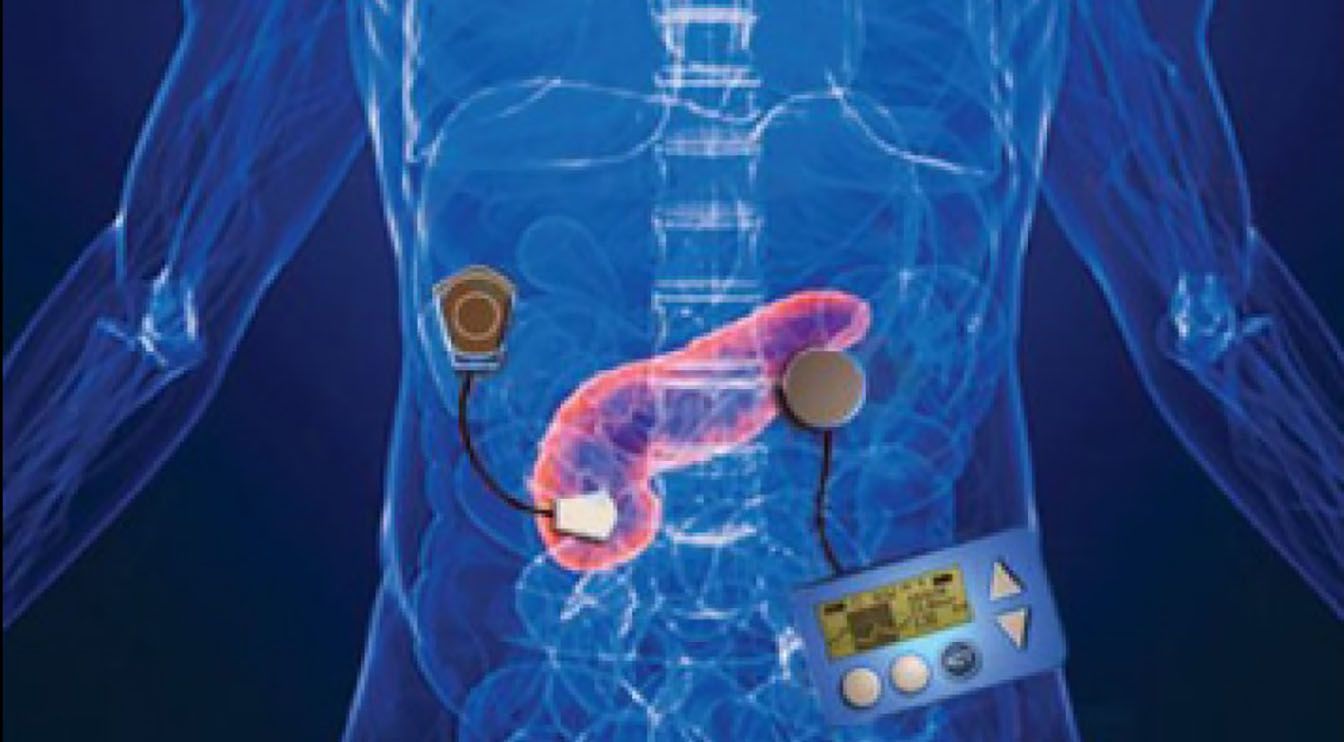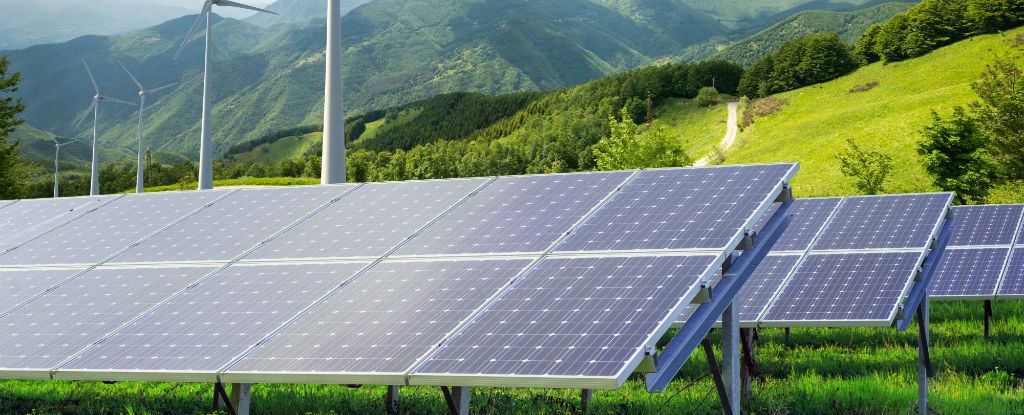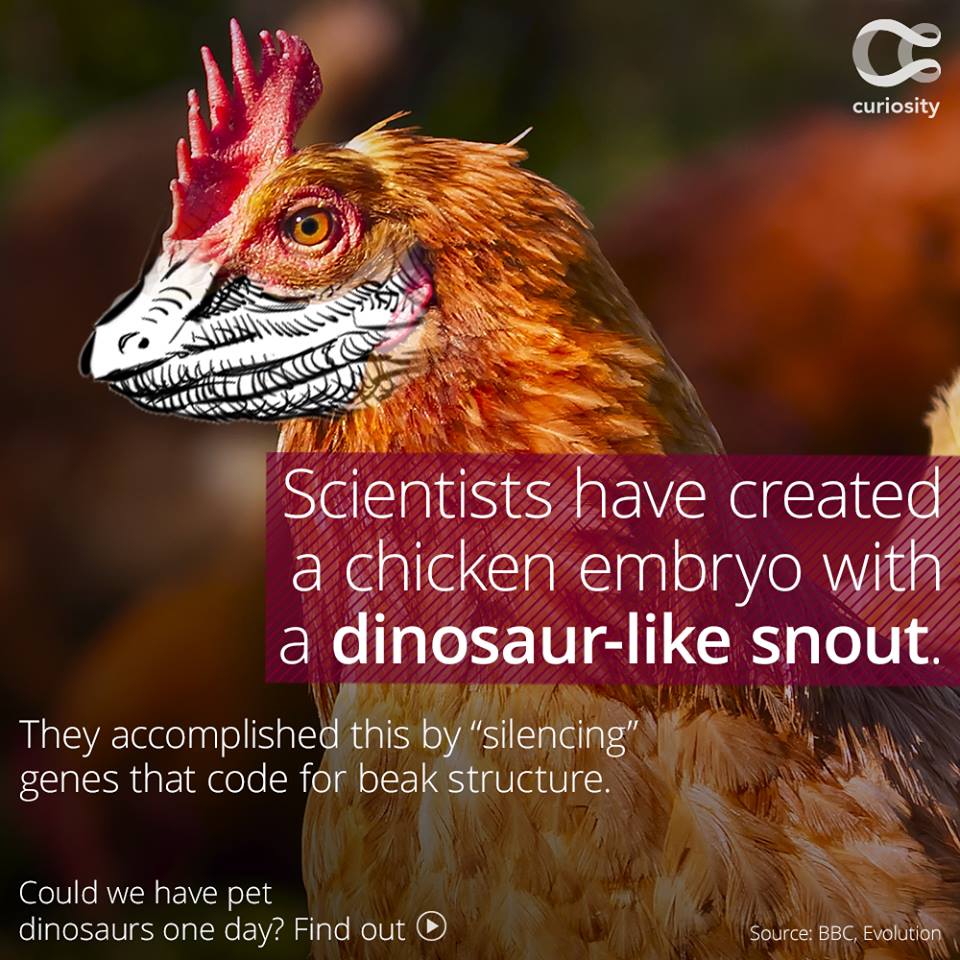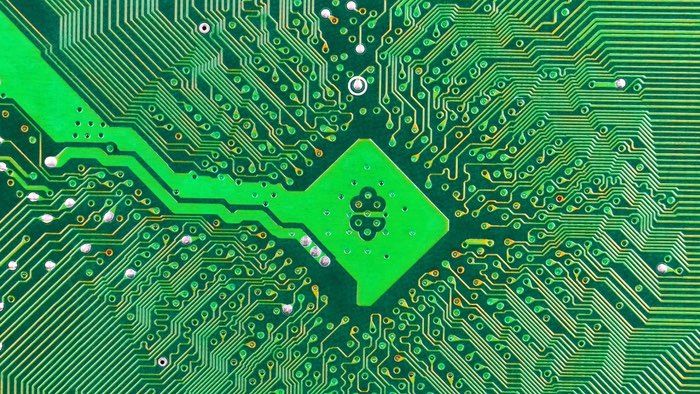Dec 26, 2015
Part 1: Entrepreneur & Researcher Robert Bradbury
Posted by Montie Adkins in categories: bioengineering, biotech/medical, computing, life extension, nanotechnology, neuroscience
This came up recently and it occurred I never posted this here. This is a lecture by Robert Bradbury, not not Ray Bradbury. I had the pleasure of exchanging a few emails with him. Unfortunately those emails are lost so I cannot share them. He was an advocate of life extension and he was a big thinker. I’ll post both vids and a link to the M-brain page. He is not with us anymore I regret to say. Ready?
Renown aging expert Robert Bradbury discusses whole genome engineering, evolution and aging and ways to defeat aging. His talk touches on many areas including nanotechnology, biology, and computer science. More information can be found at http://manhattanbeachproject.com Follow updates at http://twitter.com/maxlifeorg
